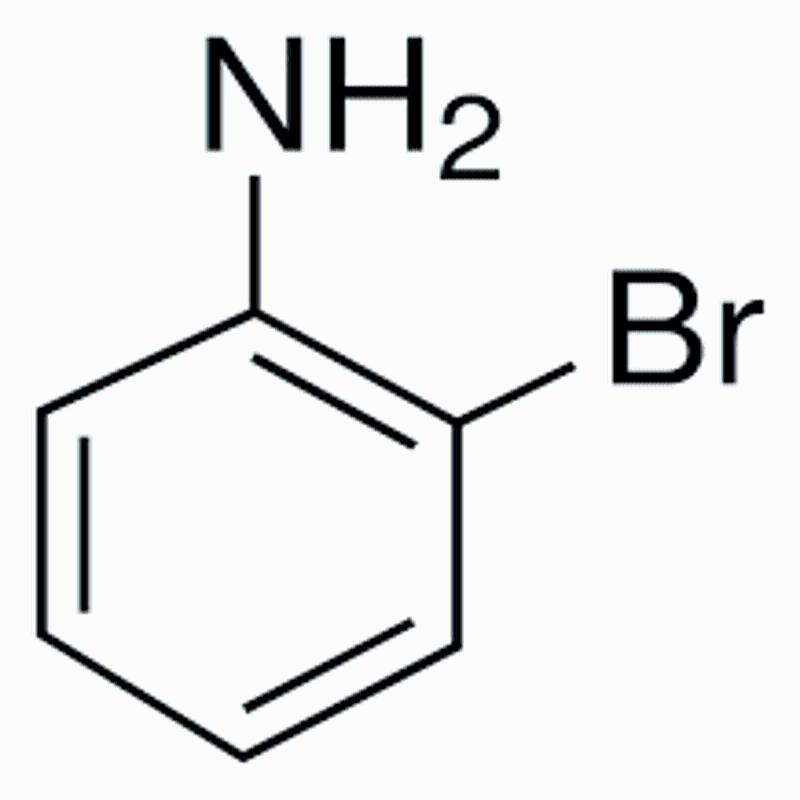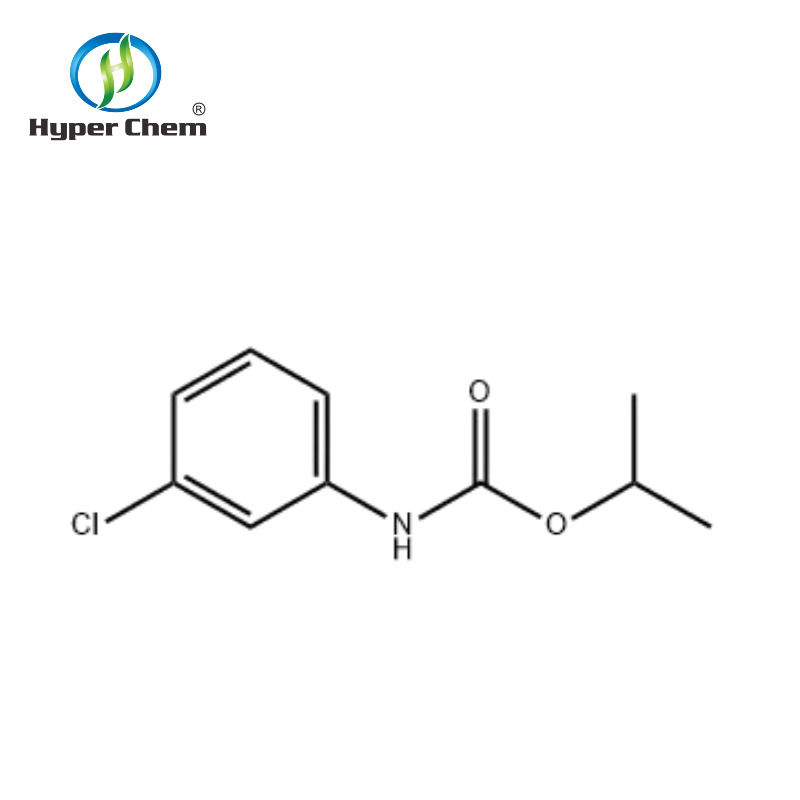-
Categories
-
Pharmaceutical Intermediates
-
Active Pharmaceutical Ingredients
-
Food Additives
- Industrial Coatings
- Agrochemicals
- Dyes and Pigments
- Surfactant
- Flavors and Fragrances
- Chemical Reagents
- Catalyst and Auxiliary
- Natural Products
- Inorganic Chemistry
-
Organic Chemistry
-
Biochemical Engineering
- Analytical Chemistry
-
Cosmetic Ingredient
- Water Treatment Chemical
-
Pharmaceutical Intermediates
Promotion
ECHEMI Mall
Wholesale
Weekly Price
Exhibition
News
-
Trade Service
Introduction:
Tebuthiuron is a pre-emergent herbicide used to control a wide range of broadleaf weeds in various crops such as rice, wheat, soybeans, and corn.
The chemical is widely used in agriculture to prevent the growth of weeds, thereby increasing crop yields and reducing the need for manual weeding.
Tebuthiuron is a synthetic chemical that is produced through a series of synthetic routes.
This article will discuss the synthetic routes of tebuthiuron in the chemical industry.
Synthetic Route 1: Halogenation of Methyl-2-benzoxazepine-7-carboxylate
The first step in the synthetic route of tebuthiuron involves the halogenation of methyl-2-benzoxazepine-7-carboxylate.
This reaction involves the addition of a halogen molecule, such as chlorine or bromine, to the methyl-2-benzoxazepine-7-carboxylate molecule.
The addition of the halogen molecule results in the formation of a new functional group that is essential for the herbicidal properties of tebuthiuron.
Synthetic Route 2: Condensation of Methyl-2-benzoxazepine-7-carboxylate with N,N-dimethylformamide
The second step in the synthetic route of tebuthiuron involves the condensation of methyl-2-benzoxazepine-7-carboxylate with N,N-dimethylformamide.
This reaction results in the formation of a new molecule, which is then subjected to further chemical reactions to form the final product, tebuthiuron.
Synthetic Route 3: Nitration of the Condensation Product
The third step in the synthetic route of tebuthiuron involves the nitration of the condensation product obtained from the condensation of methyl-2-benzoxazepine-7-carboxylate with N,N-dimethylformamide.
This reaction adds a nitro group to the condensation product, resulting in the formation of a new molecule with herbicidal properties.
Synthetic Route 4: Reduction of the Nitro Compound
The fourth step in the synthetic route of tebuthiuron involves the reduction of the nitro compound obtained from the nitration of the condensation product.
This reaction reduces the nitro group to form the final product, tebuthiuron.
The reduction reaction can be carried out using various reducing agents, such as hydrogen in the presence of a catalyst.
Conclusion:
In conclusion, the synthetic routes of tebuthiuron involve a series of chemical reactions that convert starting materials into the final product, tebuthiuron.
The first step involves the halogenation of methyl-2-benzoxazepine-7-carboxylate, followed by the condensation of the halogenated molecule with N,N-dimethylformamide.
The resulting condensation product is then nitrated, and the nitro compound is reduced to form the final product, tebuthiuron.
These synthetic routes are complex and require a high degree of expertise and knowledge in organic synthesis and chemical reaction mechanisms.







